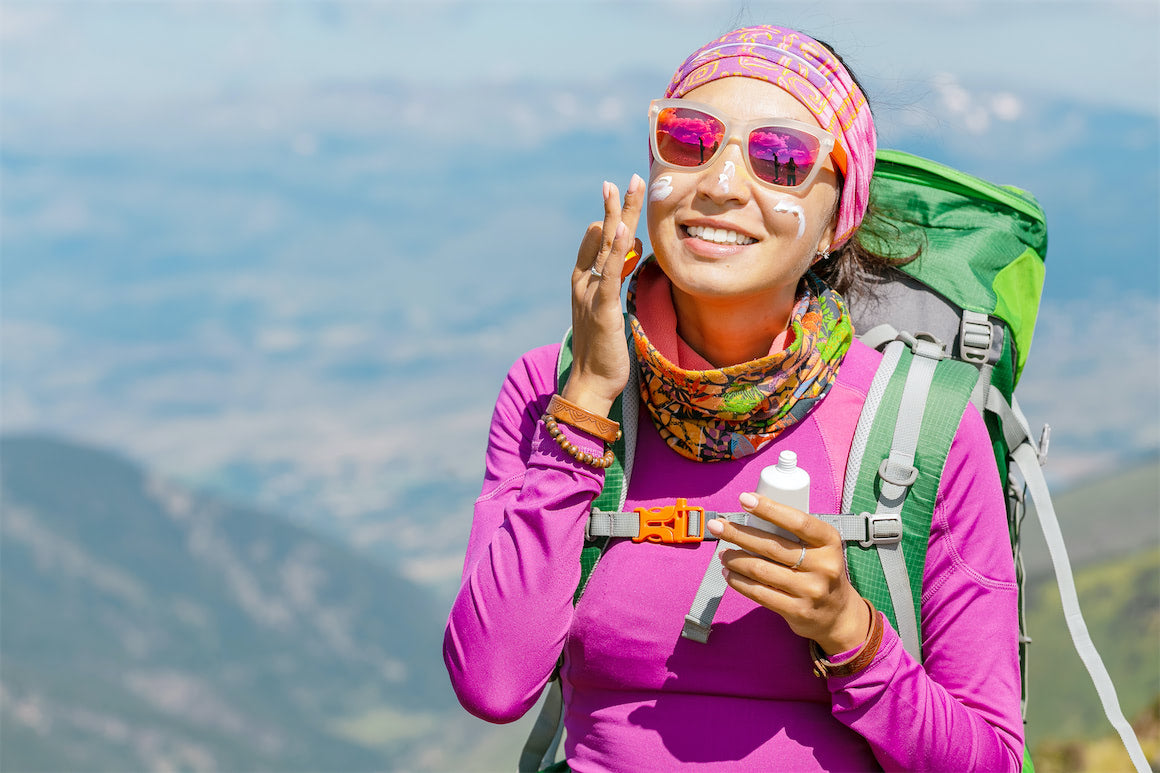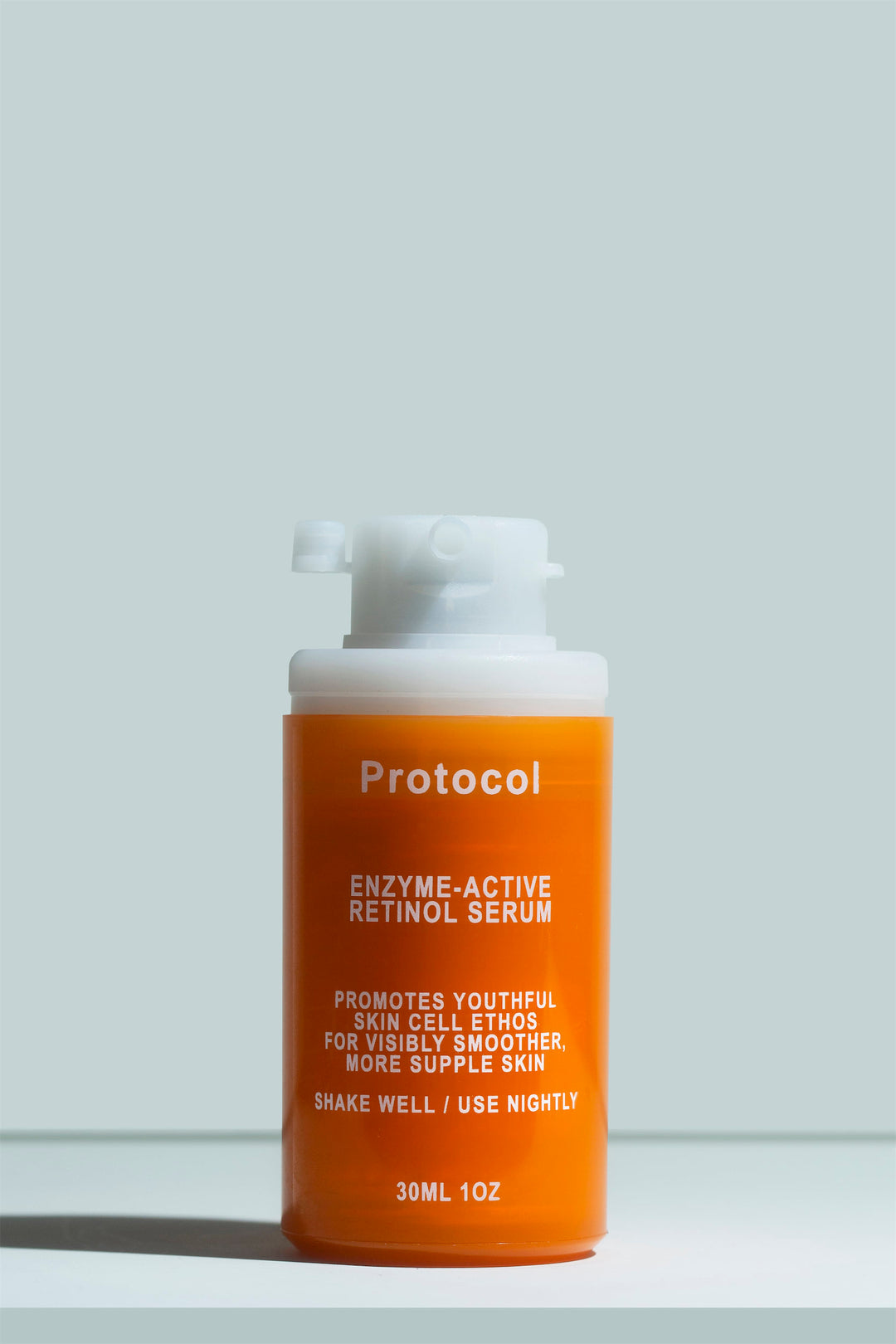Best Sunscreens According to the Protocol Lab Team


What if we told you our favorite skincare product isn’t something we make at Protocol? Sure, vitamin C keeps our skin glowing and retinol makes it baby-smooth. But at the end of the day, if we had to pick just one product to use, it’d be one of the best sunscreens we recommend in this post.
That’s because sunscreen goes way beyond skincare. In the US, it’s actually classified and regulated by the FDA as a nonprescription drug. In fact, we want to highlight that sunscreen is technically a medication. Speak to your doctor, pharmacist, or dermatologist regarding the best approach to using sunscreen for your skin!
It has an important role in protecting our skin from the indescribable and profound damage that sun exposure causes. Whether you want to preserve your youth or just avoid deadly skin cancer, needless to say, it’s a must.
But, as always, not every sunscreen hits the mark. Some are horrible to use and others only provide partial protection. So in this post, we’ll let you know about the best sunscreens according to our team: Ones that offer comprehensive protection without compromising pleasantness.
As always: Our opinions are our own and are not to be taken as medical advice. It’s always best to speak with your physician (and especially a dermatologist) when making any choices about your skin health.
Why use sunscreen?
Sunscreen goes beyond simple cosmetics, actively protecting your skin from the truly dire effects of the sun. Here are a few good reasons to use it:
- It protects from UV-induced skin cancer
- It prevents sunburn
- It keeps the skin looking youthful and even-toned by preventing photoaging, which is the cumulative damage caused to the skin by sun exposure.
- And again: It prevents skin cancer. Sunscreen could literally save your life, which is no small matter.
What to look for in a sunscreen
Choosing the best sunscreen comes down to two big questions: How well does it protect your skin? And, will you actually use it?
Our favorite sunscreens offer high protection against both UVA and UVB rays, and they have the kind of texture and finish that won’t put you off from spreading them on your skin. Here’s how we consider both.
SPF and UV-protection
A sunscreen’s main job is to block the sun’s UVA and UVB rays, but figuring out to what extent is a little complicated.
UVB is the spectrum of light that causes sunburns, which is the main thing we all want to avoid. But UVA light is actually the spectrum that contributes most significantly to premature photoaging. It contributes to collagen breakdown and causes hyperpigmentation (i.e. sunspots). Both UVA and UVB contribute to skin cancer.
The American SPF system only measures the ability of sunscreens to block UVB spectrum light.
Many sunscreens are labeled as broad-spectrum, which means they offer some UVA protection, usually at ⅓ of the labeled SPF. However, the methodology used to define broad-spectrum sunscreens in the US is imperfect, especially when compared to the methodology in places like Australia and the EU.
Even so, if we are restricted to US sunscreens, we look for products with at least 30 SPF (but preferably 50 SPF) and broad-spectrum protection.
The Japanese sunscreen industry developed the PA+ system to go along with SPF. It evaluates how sunscreen blocks both UVA, based on PPD which is a measurement of how quickly the skin darkens while wearing sunscreen. The more “pluses” the better, with a maximum of four equivalent to a PPD of 16. Today, this system is used by most East Asian sunscreen brands. We love it because it gives a much more well-defined idea of UVA protection.
Occasionally, non-Asian brands will disclose the PPD of their sunscreens but it’s not nearly as common a practice as we wish, and it’s rarely listed on bottles.
Finish and texture
Most of us prefer a lightweight, easy-to-spread sunscreen that doesn’t leave a residue or white cast on the skin. Most professionals recommend using at least a ½-teaspoon of sunscreen to cover the entire face and neck, and to reapply after two hours of exposure. With some sunscreens, that can be A LOT. A pleasant texture guarantees we’ll use enough.
Sunscreens like this can be hard to find, especially in the US, because a lot of sunscreen filters will only dissolve in heavy, oily bases. Mineral sunscreens, on the other hand, often leave a visible white residue on the skin.
East Asian and other international sunscreen brands have different ingredients available to them that offer strong protection without creating a white cast haze on your face or leaving a greasy residue.
These ingredients will probably never make it to the American market because it would cost upwards of $400K to push them through FDA approval. Unpatented ingredients rarely get funding for this, since they won’t provide a financial upside to any one individual company.
Things that don’t matter as much as you think
Then there are the factors that companies will claim are really important but don’t really make a difference at all.
- Mineral vs chemical filters: The claims we often hear are that mineral sunscreens are somehow safer or gentler, or that they even block light in a different way. Cosmetic chemist Stephen Alain Ko busted this sunscreen myth very effectively a few years back. In practice, while we do love some mineral sunscreens, we find that chemical and hybrid ones are often much more pleasant to use.
- Body vs face: Distinguishing between body and face products is 90% marketing. In general, face sunscreens do have lighter textures that are a little nicer on the face, but SPF is SPF and PA+ is PA+. If you’re on a budget or spending a lot of time in the sun, a body sunscreen with high protection, minimal fragrance, and a texture you like can be used from head to toe.
6 Protocol-approved sunscreens (+ some helpers)
And now, here are the best sunscreens that we absolutely love, that you might enjoy as well!
Biore UV Aqua Rich Watery Essence SPF 50 + PA ++++
Hailed as THE Japanese sunscreen, Biore is a worldwide obsession, and we’re big fans of it as well. It has a liquid-y, easy-to-spread formula, it dries down quickly into an invisible finish, and it packs one heck of a protective punch. Many consider it the best sunscreen for oily skin.
It’s made with next-generation SPF filters that aren’t available in the US, which is the secret to its incredible formula. It contains a fair amount of alcohol, though, so we do prefer to layer it over moisturizer.
Rohto Mentholatum Skin Aqua UV Super Moisture Gel Gold SPF 50+ PA++++
Rohto is a famous Japanese drugstore brand, so it’s no surprise that this sunscreen is excellent. It’s a little more affordable than our Biore pick but has equally impressive modern UV filters. Plus, it’s fragrance-free, which reduces the chances of skin irritation. It’s very light and thin, though, so sometimes, it’s easy to under-apply. Make sure to layer enough of it to ensure even coverage.
La Roche-Posay Anthelios UVMUNE 400 SPF 50+
Planning a trip to Europe? La Roche-Posay’s UVMUNE 400 is light and easy to spread, and it provides incredible protection (although we’re still waiting on the brand to disclose PPD). That said, you can expect comprehensive protection from the entire European Anthelios range. It’s not quite as silky on the dry-down as our Japanese faves, but it might be more accessible to many of our readers.
Australian Gold Botanical SPF 50 Tinted Face Sunscreen
This tinted sunscreen is affordable and comes in a few different shades. Normally, we have an issue with mineral sunscreens feeling thick and leaving a noticeable white layer on the face. Tinted versions of them, however, can be very useful. This one is particularly elegant. It blends into the skin nicely, and even acts a little like makeup, helping to even out the skin tone.
Trader Joe’s Daily Facial Sunscreen SPF 40
This sunscreen broke the internet a few months back when it was first released by Trader Joe's. Reputed to be a SuperGoop! dupe, it has impeccable texture at an excellent price. It is an American sunscreen, though, which means the filters are a little dated. It probably offers enough UVA protection for daily use, but we’d want something more robust on days with high UV or when we’re spending a lot of time outside.
Garnier Ombrelle Body Lotion for Sensitive Skin SPF 60
Canadian? This Garnier sunscreen features Mexoryl, which is a UVA filter that’s not commonly available in the USA. The texture is a little oilier than other sunscreens on our list, but you would probably like it if your skin gets dry. It still spreads easily, which is important for both the face and the body. The comprehensive protection and excellent price make it well worth it for us.
Coolibar UPF Hats
UPF hats (and other clothes) are not sunscreen at all, but still handy. UPF is a classification system equivalent to SPF but in relation to fabrics.
Nothing in this world is perfect, and that sometimes includes our sunscreen application. When we’re outside all day and maybe not reapplying as often as we should, a UPF-rated hat helps us cover our bases.
Sunscreen’s Best Friend
Do you want to give your sunscreen a bit of a stability boost? Pair it with our Vitamin C Superserum. It’s made with 10% ascorbic acid, which is the most effective form of vitamin C.
Aside from being a super awesome antioxidant that helps the skin look brighter and more youthful, vitamin C also helps sunscreens do their job a little better. We discuss this in detail in our guide to what vitamin C serums do for the skin.
Get slatherin’
There’s an adage many dermatologists love: “The best sunscreen is the one you’ll use.”
We have a strong preference for those lightweight sunscreens that offer real broad-spectrum protection but any sunscreen is better than no sunscreen at all.
Yes, even if that means using a sunscreen that doesn’t have amazing UVA protection.
So basically, choose the best sunscreen that’s within your budget and that you’ll be happy to slather on yourself often. Your skin deserves it.





